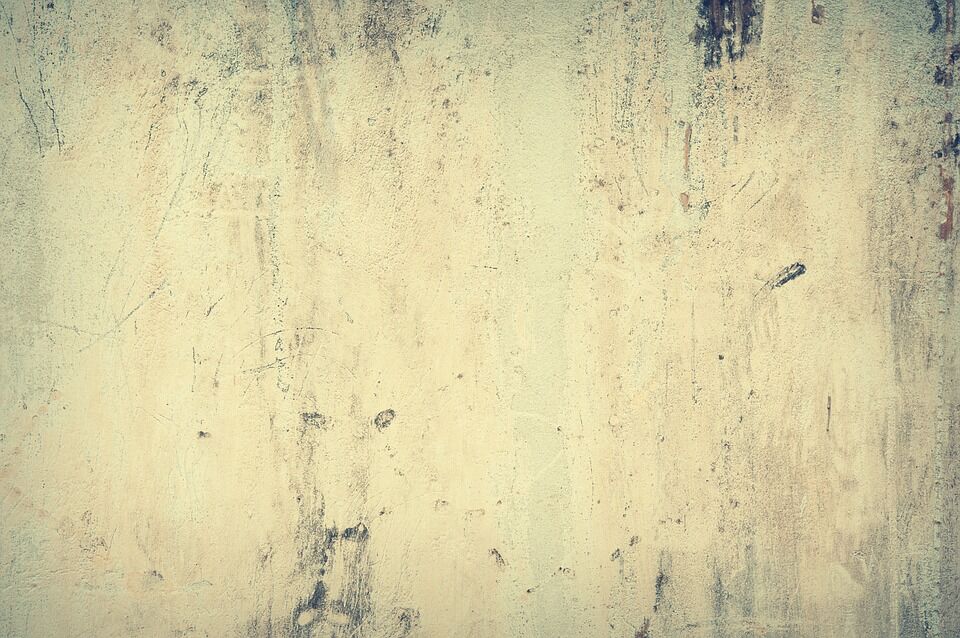If you’ve ever wondered what
precast concrete is, you’ve come to the right place. Here, we’ll talk about what precast concrete is and what it’s used for.
What is Precast Concrete?
In it simplest definition, precast concrete is where concrete is cast in a reusable mold which then is placed in a controlled environment to cure. Then, the concrete piece is transported to the construction site and lifted into whatever place it needs to be. This is different from traditional concrete where it is poured and molded on location.
What Projects Typically Use Precast Concrete?
Because the use of precast concrete is so versatile, it’s used in many different building projects. Here is a list of some of the most common construction projects that utilize precast concrete:
Building Foundations
Precast concrete is used in many instances to form entire buildings. But in most other cases, the precast concrete is used specifically for building foundations. This is true for both commercial and residential buildings. Precast concrete is notorious for providing moisture-free, energy efficient spaces, making them the ideal component for a building’s foundation
Parking Garages
Most cement parking garages are made from precast concrete. The traffic barriers, columns, paving slabs, stairs and veneer are usually all made from it. You’ll find both single-level and multi-level parking garages that make precast concrete their building material of choice.
Sound Walls
If you live in an urban area, you’ve likely seen a cement sound wall that’s used as a noise barrier between busy roads and residential communities. Precast concrete is perfect for this endeavor because it’s known to cut noise pollution by up to 50 percent. These walls are then typically customized to fit the communities by changing the color, shape, design or texture.
Bridge Construction
Bridges are frequently built with the help of precast
concrete. There are different pieces of precast concrete that can be found on the deck slabs, beams, caps, arches, girders and much more. Bridge architects like using precast concrete because it can also be customized to blend in with historical surroundings and feel of the area.
Retaining Walls
One other very common structure you see that’s created with the help of precast concrete is that of retaining walls. A retaining wall may include multiple components like precast modular blocks (PMB), segmental retaining walls (SRW), and mechanically stabilized earth (SME). No matter the elements, they are combined with the help of precast concrete.
Alternatives To Precast Concrete
Precast concrete is commonly used in building projects. However, property owners can try innovative alternatives to precast concrete. Some of the most commonly used ones include:
- Glass Fiber Reinforced Concrete: Glass Fiber Reinforced Concrete (GFRC) is an innovative precast alternative made of cement-based composite material with alkali-resistant glass fiber reinforcement. The fibers of GFRC add impact, flexural, and tensile impact strength to building structures.
Furthermore, GFRC is more flexible and durable than precast concrete. Because of its high impact strength, GFRC doesn’t crack or break during installation. The glass fibers of GFRC match the steel reinforcement of traditional precast concrete. If you want to use GFRC as a precast concrete alternative, consider searching online resources to learn how to make GFRC concrete.
- Prefabricated Steel Substructures: These are also a great alternative to precast concrete. These structures are manufactured from pure steel in an off-site factory area. When the substructure is finished, it’s transported to the construction site and assembled. Afterwhich, the prefabricated steel structure is back-filled with concrete. With steel plates welded together, prefabricated steel substructures prevent leaking problems in building projects.
Conclusion
Precast concrete has long been used in a wide range of construction projects, such as building garages and retaining walls. Property owners can talk to an experienced building contractor to get expert advice about the precast concrete application. Depending on their project requirements, they can also choose precast alternatives, such as GFRC or prefabricated steel substructures.

